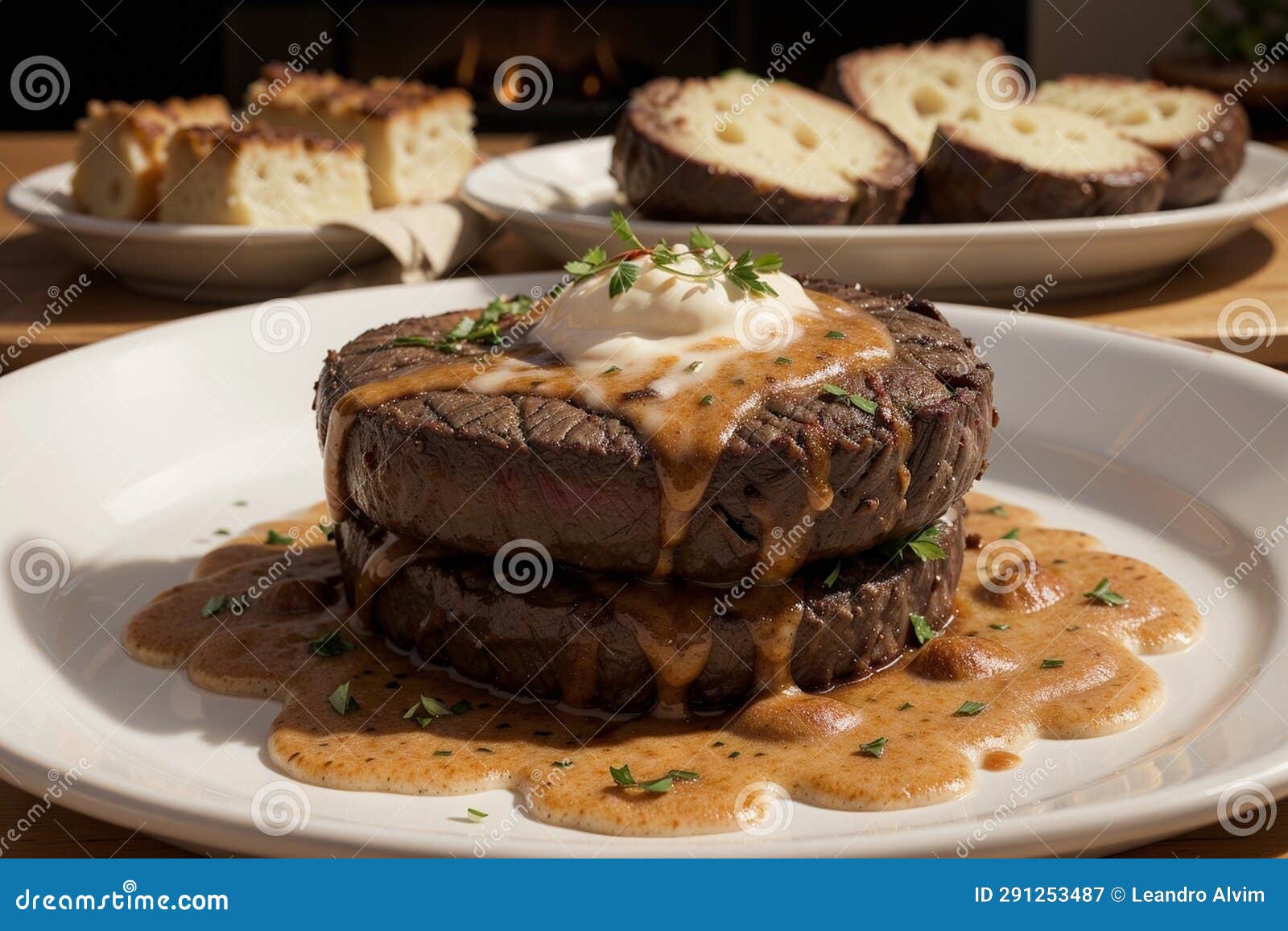Provolone Cheese: A Savory Delight To Elevate Your Culinary Creations
Hey there, foodies and cheese lovers! If you're diving into the world of gourmet cooking, there's one ingredient that deserves a permanent spot in your fridge—provolone cheese. Yeah, we’re talking about that creamy, smoky, and oh-so-versatile cheese that can take your dishes from ordinary to extraordinary in seconds. Whether you're crafting a gourmet sandwich, whipping up a rich pasta, or experimenting with some fancy appetizers, provolone cheese is your secret weapon.
Let’s be real, cheese isn’t just a food—it’s a lifestyle. And provolone? Well, it’s like the VIP of the cheese world. Originating from Italy, this cheese has been gracing kitchens and tables for centuries. But don’t worry, you don’t need to be a professional chef to harness its magic. Whether you're a beginner cook or a seasoned culinary wizard, provolone has something special to offer for everyone.
So grab a snack, sit back, and let’s dive into everything you need to know about provolone cheese. From its rich history to its endless culinary possibilities, this article will leave you craving for more—and maybe even inspire you to hit the kitchen right after reading!
Here’s a quick roadmap of what we’re covering today:
- The Fascinating History of Provolone Cheese
- Types of Provolone Cheese: Sweet or Spicy?
- Nutritional Benefits of Provolone Cheese
- Creative Recipes Using Provolone Cheese
- The Best Pairings for Provolone Cheese
- Pro Tips for Storing Provolone Cheese
- How to Choose the Best Provolone Cheese
- Substitutes for Provolone Cheese
- FAQs About Provolone Cheese
- Wrapping It Up: Why Provolone Cheese is a Must-Have
The Fascinating History of Provolone Cheese
Alright, let’s talk history. Provolone cheese isn’t just some random cheese that popped up overnight. This bad boy has roots that trace back to Southern Italy, specifically the regions of Campania and Sicily. Legend has it that the name "provolone" comes from the Italian word "prova," which means "trial" or "sample." Back in the day, cheesemakers would create smaller versions of the cheese to test the quality before making the big batches.
Provolone became super popular in the 19th century when Italian immigrants brought their culinary traditions to the United States. Fast forward to today, and it’s one of the most beloved cheeses worldwide. But here’s the kicker—it’s not just about the taste. Provolone cheese is all about versatility, and its ability to adapt to different cuisines is what makes it so darn special.
- P Diddy Arrested Yet The Latest Updates And Insights
- Feeling Like P Diddy Understanding The Songs Impact And Meaning
Provolone: From Italy to Your Plate
Let’s break it down a bit more. Provolone cheese is made using cow’s milk and goes through a process called "pasta filata," which involves stretching and kneading the curd. This process gives it that signature texture and flavor profile. Now, here’s the fun part—there are two main types of provolone cheese: dolce (sweet) and piccante (spicy). We’ll dive deeper into those in a bit, but for now, just know that each type brings its own unique vibe to the table.
So, whether you're slicing it thin for a sandwich or melting it over a pizza, provolone cheese has been around for centuries, waiting patiently to become your new favorite ingredient. And trust me, it’s worth the wait.
Types of Provolone Cheese: Sweet or Spicy?
Okay, let’s get to the good stuff. Provolone cheese comes in two main flavors—sweet and spicy—and each one has its own personality. Think of it like choosing between a smooth jazz track or a high-energy rock song. Both are awesome, but they serve different purposes.
Sweet Provolone (Dolce)
Sweet provolone, or "provolone dolce," is the milder of the two. It’s aged for a shorter period, usually around two to three months, which gives it that creamy, buttery flavor. This type of provolone is perfect for those who want a cheese that won’t overpower their dishes. Think sandwiches, burgers, and even breakfast dishes like omelets.
Spicy Provolone (Piccante)
Now, if you’re feeling adventurous, spicy provolone, or "provolone piccante," is where it’s at. This guy is aged for a longer period, sometimes up to a year, which gives it a sharper, more intense flavor. If you’re into bold, complex dishes, this is the cheese for you. Pair it with strong flavors like red wine, cured meats, or even dark chocolate for a taste sensation that’ll blow your mind.
So, which one should you choose? Well, that depends on your mood and what you’re cooking. Sweet provolone is great for everyday use, while spicy provolone is perfect for special occasions or when you want to impress your guests.
Nutritional Benefits of Provolone Cheese
Now, let’s talk health. Before you start feeling guilty about indulging in all that cheesy goodness, hear me out. Provolone cheese actually has some pretty impressive nutritional benefits. It’s packed with protein, calcium, and vitamin B12, which are all essential for maintaining strong bones and a healthy body.
But here’s the deal—like with anything, moderation is key. Provolone cheese is also relatively high in fat and sodium, so it’s important to enjoy it in moderation. That being said, a little bit of provolone can go a long way in adding flavor and nutrition to your meals.
Provolone Cheese Nutrition Facts
- Protein: 26 grams per 100 grams
- Calcium: 750 mg per 100 grams
- Vitamin B12: 3.4 mcg per 100 grams
- Calories: 350 per 100 grams
So, while it’s not exactly a diet food, provolone cheese can definitely be part of a balanced diet when consumed in moderation. Plus, the flavor and versatility it brings to your meals make it totally worth it.
Creative Recipes Using Provolone Cheese
Alright, let’s get to the fun part—recipes! Provolone cheese is so versatile that you can use it in almost any dish. From appetizers to main courses, here are a few creative ideas to get you started:
1. Provolone-Stuffed Chicken Breasts
Take your chicken game to the next level by stuffing it with slices of provolone cheese. Season the chicken with herbs and spices, bake it in the oven, and watch the cheese melt into gooey perfection. Serve it with a side of roasted vegetables or a fresh salad for a meal that’s both satisfying and elegant.
2. Provolone Grilled Cheese Sandwich
Who says grilled cheese has to be boring? Swap out the cheddar for provolone and take your sandwich to the next level. Add some sliced tomatoes, spinach, or even a fried egg for an extra boost of flavor. Trust me, this is one sandwich you’ll want to make again and again.
3. Provolone Pizza
Pizza is always a good idea, and adding provolone cheese takes it to the next level. Use it as a base layer, then top with your favorite toppings like pepperoni, mushrooms, or fresh basil. Bake it until the cheese is bubbly and golden, and enjoy a pizza that’s as delicious as it is impressive.
The Best Pairings for Provolone Cheese
When it comes to pairing provolone cheese with other foods, the possibilities are endless. Whether you’re hosting a fancy dinner party or just looking to elevate your snacking game, here are a few ideas to get you started:
1. Wine
Provolone cheese pairs beautifully with a variety of wines. For sweet provolone, go for a light white wine like Pinot Grigio or Sauvignon Blanc. For spicy provolone, opt for a bold red like Cabernet Sauvignon or Chianti. The contrast of flavors will make your taste buds sing.
2. Fruits
Fruits like apples, pears, and grapes are a natural match for provolone cheese. The sweetness of the fruit balances out the sharpness of the cheese, creating a harmonious flavor profile that’s hard to resist.
3. Cured Meats
Provolone cheese and cured meats like prosciutto, salami, or pepperoni are a match made in heaven. The salty, savory flavors of the meats complement the rich, creamy texture of the cheese, making it the perfect appetizer or snack.
Pro Tips for Storing Provolone Cheese
Now that you’ve stocked up on provolone cheese, let’s talk about how to store it properly. Proper storage is key to keeping your cheese fresh and flavorful for as long as possible.
1. Keep It Wrapped
Provolone cheese should always be kept wrapped in its original packaging or in plastic wrap. This helps prevent it from drying out or absorbing unwanted flavors from the fridge.
2. Store in the Fridge
Provolone cheese should be stored in the fridge at a temperature between 35-40°F. Avoid freezing it, as this can affect its texture and flavor.
3. Use Within a Week
For the best flavor and quality, try to use your provolone cheese within a week of purchasing it. If you can’t use it all within that time, consider freezing slices for later use.
How to Choose the Best Provolone Cheese
When it comes to buying provolone cheese, there are a few things to keep in mind. First, decide whether you want sweet or spicy provolone based on how you plan to use it. Next, look for cheese that’s been aged properly—this will affect the flavor and texture.
Also, don’t be afraid to ask questions at your local cheese shop. The staff there can offer recommendations and even let you taste different varieties to find the one that suits your taste buds best.
Substitutes for Provolone Cheese
Sometimes, you might find yourself in a situation where you don’t have provolone cheese on hand. Don’t worry—there are a few substitutes that can work in a pinch:
- Mozzarella: Similar in texture, mozzarella is a great substitute for sweet provolone.
- Swiss Cheese: With its nutty flavor, Swiss cheese can stand in for spicy provolone in certain dishes.
- Cheddar: If you’re looking for a sharper flavor, cheddar can be a good alternative.
Just keep in mind that these substitutes won’t have the exact same flavor profile as provolone, so adjust your recipes accordingly.
FAQs About Provolone Cheese
Got questions? We’ve got answers. Here are some of the most frequently asked questions about provolone cheese:
1. Is Provolone Cheese Vegetarian?
Yes, most provolone cheese is vegetarian, as it’s made using microbial rennet instead of animal rennet. However, it’s always a good idea to check the label if you’re unsure.
2. Can Provolone Cheese Be Frozen?
While it’s possible to freeze provolone cheese, it can affect the texture and flavor. If you must freeze it, do so in small portions and use it within a few months.
3. How Long Does Provolone Cheese Last?
Provolone cheese can last up to a week in the fridge if stored properly. For longer storage, consider freezing slices for later use.
Wrapping It Up: Why Provolone Cheese is a Must-Have
And there you have it, folks—everything you need to know about provolone cheese. From its rich history to its endless culinary possibilities, this cheese is
- P Diddy Raid Home What You Need To Know
- P Diddy Combs Video A Comprehensive Look At His Impact On Music And Culture

Elevate Your Culinary Creations Chromium Spaces Mumbai Premium

Savory Delight a Culinary Journey with Steak and Cheese.AI Generated

CADIA Sliced Provolone Cheese